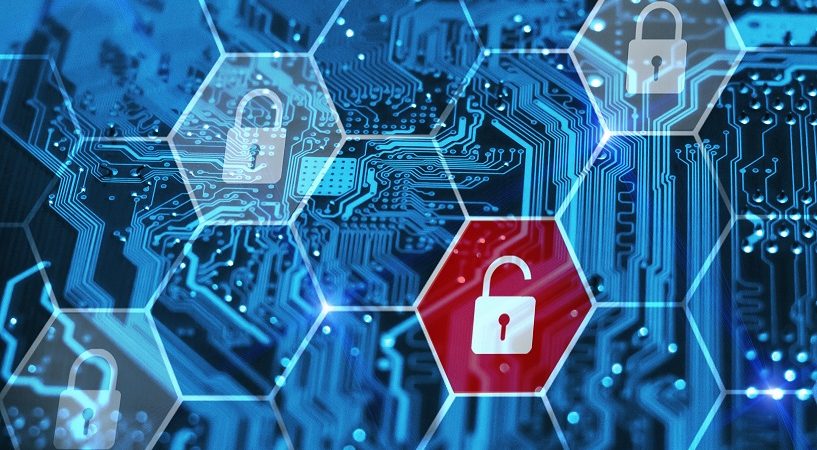Lucas Pereira, Product Director at Blockbit, highlights cybersecurity trends and scenarios, indicating what to expect for the future.

Those who follow the technology market know that one of the main characteristics of this industry is constant transformation. Even so, the truth is that the acceleration of digitization in recent years has taken this dynamic to a new level, which means that it is increasingly difficult to predict what will become of technology tomorrow.
But when it comes to cybersecurity, identifying trends and anticipating the steps is extremely important. And in this scenario, without a doubt, one mission seems to be guaranteed: To protect business-related data.
According to recent research by Dynatrace, 97% of organizations that operate with multicloud environments cannot have real-time visibility of their vulnerabilities. Additionally, 74% of CIOs say that traditional security controls such as vulnerability scanners are no longer suited to today’s cloud-native world.
We must prepare ourselves to work and live in a cyber world, fully connected. But this scenario has also made the work of protection and control over applications and data more complex. Therefore, in addition to new tools, we need to think more deeply about the impacts of digitization and digital security on business sustainability.
Not by chance, a Gartner survey discovered that 88% of executive leaders already consider cybersecurity as an operational priority to protect their organizations in the market. The CIOs are increasingly encouraged to actively plan for how to use this strategic approach to mitigate threats and address opportunities.
At that same point, according to Gartner, the coming years will require CIOs and cybersecurity professionals to assume new roles with attention to business besides dealing with technical issues. It means they will always need to be aware of new threats and market trends to take the necessary measures to protect the company’s systems and crucial data.
In addition, it will also be important that CIOs are always open to dialogue with other sectors of the company, such as the legal, sales and financial teams to ensure that they align with information security strategies.
However, it is worth noting that there are other issues for CIOs to watch out for. One of them refers to possible conflicts between privacy (of customers and users) and the efficiency of processes and experiences offered by companies.
It will be necessary to balance using information with practices that improve security at the same time. This dilemma between data analysis and privacy will be a challenge to be taken care of carefully in the coming years, directly affecting the position of managers.
Indeed, as awareness of the importance of cybersecurity increases, the search for ways to extend defenses will also become a priority for operations. One of the trends in this direction is the proposal to unify the web, cloud services and access to SSE applications.
According to Gartner, it will allow 80% of companies to improve the security of their systems and reduce the risk of cyberattacks by 2025.
Another approach that should gain ground is Zero Trust as a starting point for security. This model assumes that all users and devices are, or could be, potentially malicious.
So instead of relying on history and profiles to keep attackers out, digital security forces filter everything and everyone – which will require new types of identity-based, passwordless access controls to ensure that only authorized users have access to sensitive information.
The adoption of Zero Trust is driven by the growing number of security threats, as new regulations such as the Brazilian General Protection Law (LGPD, in Portuguese).
Companies are more aware of the risks associated with data and should add new layers of protection to traditional security technologies such as next-generation firewalls, VPNs, MFA and others. New generations of these products and services need to be dynamic and updated according to local customer demands.
In this environment, the culture of organizational resilience will be fundamental. After all, it is not enough to invest in IT solutions and infrastructure to protect the company from cyberattacks if employees do not align with a series of good practices.
Cybersecurity is complex, and executives must prepare to deal with increasing threats. Companies are looking for innovative solutions to protect their data and ensure their operations continue to run successfully. Therefore, it will be up to CIOs to develop their business vision in addition to the technical aspects of security.
Click below to share this article

